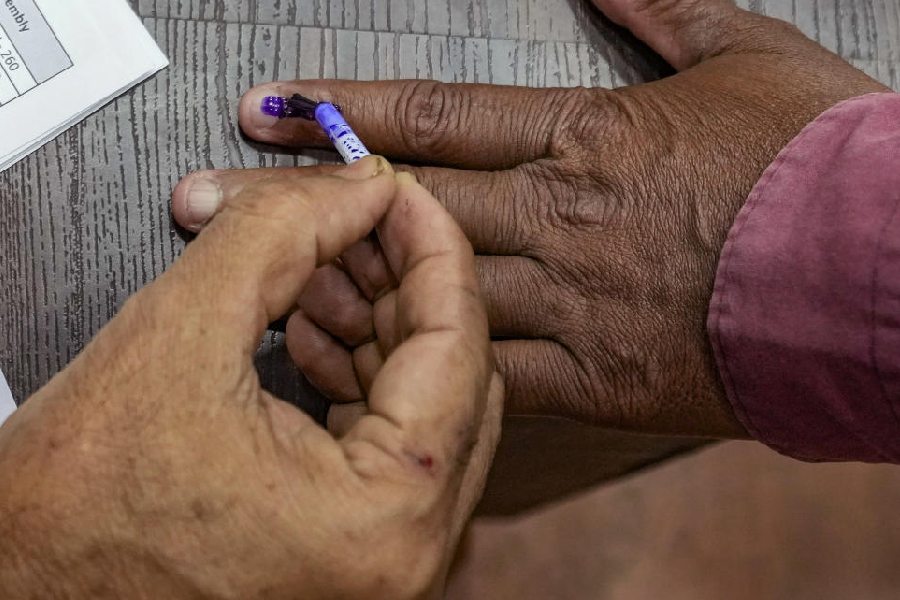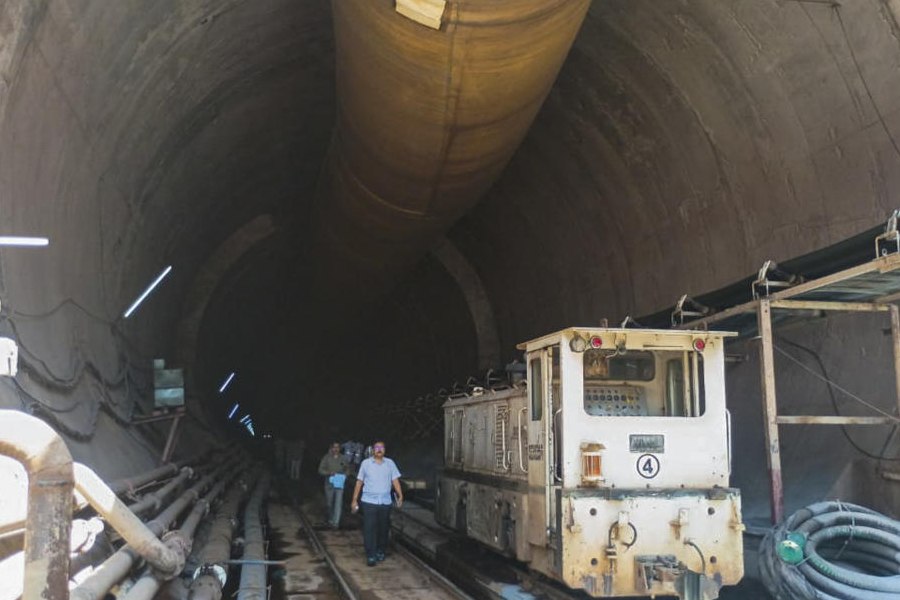Pointing to data obtained from the first-ever survey of sewer and septic tank workers, the Central government stated — without batting an eyelid — in Parliament that the cleaning of sewers and septic tanks was an “occupation- based” activity. In other words, it has nothing to do with caste. Unfortunately, the data from the same survey point to an entirely different conclusion. Almost 92% of the workers profiled in the survey, which is part of the Centre’s NAMASTE programme, belonged to the scheduled caste, scheduled tribes and other backward classes. The granular details of the data would make the association between caste and the cleaning of sewers and safety tanks clearer: of the 54,574 SSWS profiled across 33 states and Union territories, 67.91% hailed from SC communities, 15.73% belonged to OBC groups and 8.31% had an ST background. If these activities are an occupational choice, as was claimed by the Union minister of state for social justice, how does it explain the disproportionate presence of marginalised social constituencies in such hazardous, discriminatory engagements? The claim is as rich as another rationale being peddled by the ruling dispensation: that manual scavenging has ended in India and what needs to be tackled is hazardous cleaning of sewers. A technical tweak in the Prohibition of Employment as Manual Scavengers and their Rehabilitation Act has handed the Centre this fig leaf of a distinction.
Instead of making risible claims, what the Centre must concentrate on is improving the reach and the depth of the NAMASTE welfare initiative that aims to enumerate SSWS, impart training, give them safety equipment and offer capital subsidies to transform SSWS into entrepreneurs associated with sanitation. Enumeration is of critical importance here because a viable estimate of the total number of such workers could help the programme deliver its targeted welfare efficiently. But chicanery will not get the government close to the real number of SSWS. There is a need to investigate the clearly evident causal relationship between such work and caste identity. This, in turn, could provide a realistic picture of the scale of the challenge ahead and enable policy initiatives to be designed accordingly.











